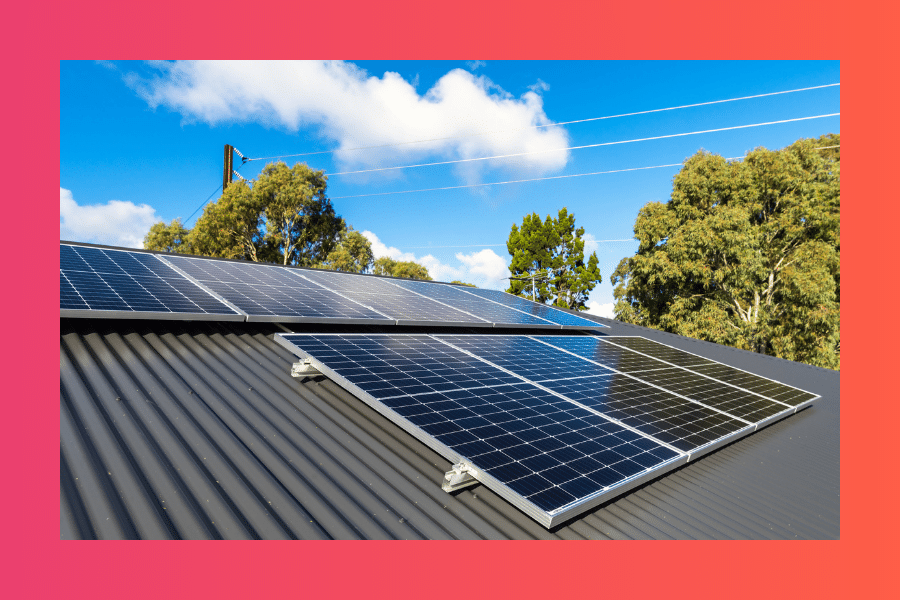Latest Wind Farm Go Signal could Spark Surge in Renewable Energy
The North Queensland man helping lead the production of Australia’s 2nd largest wind and solar farm in South Australia said Queensland will soon...
1 min read
![]() Solar Trust Centre Team
:
Oct 14, 2016 4:00:42 AM
Solar Trust Centre Team
:
Oct 14, 2016 4:00:42 AM
Technology website New Scientist said that sunshine and seawater are all a futuristic-looking greenhouse need to produce 17,000 tomatoes every year in the South Australian desert.
It’s the finest agricultural system of its kind in the world and uses no oil, fossil fuels, pesticides or groundwater. This may be the future face of farming, as demand for fresh water and energy continues to rise. An international team of scientist has spent the last 6 years in fine-tuning the design of the farm. It was initially a pilot greenhouse built in 2010, then it was upgraded with a commercial-scale facility that started construction in 2014 and was officially launched a few days ago.
Seawater is piped 2 kilometres from the Spencer Gulf to the 20-hectare site in the Port Augusta region where the Sundrop Farm is located. A solar-powered desalination plant removes the salt, and creates fresh water to irrigate 180,000 tomato plants inside the greenhouse.
As many Australians know, that the scorching summer temperatures and dry conditions make the region unsuitable for conventional farming, but the greenhouse is lined with seawater-soaked cardboard to keep the tomato plants cool enough to stay healthy. During winter, solar heating keeps the greenhouse warm.
Pesticides are not required as seawater cleans and sterilises the air and the tomato plants grow in coconut husks instead of regular soil.
The tomato farm’s solar power is generated by 23,000 mirrors that reflect sunlight towards a 115-metre high receiver tower. On a good, sunny day, up to 39 megawatts of energy can be provided which is enough to power desalination plant and supply the electricity needs of the farm. The grown tomatoes have already started being sold in Australian supermarkets.
According to Saumweber, the $200 million infrastructure makes the seawater greenhouse more expensive as compared to traditional greenhouses, but the cost will pay off long-term. He also added that conventional greenhouses are more expensive to maintain every year because of the cost of traditional fossil fuels.
Click here to read the full story on New Scientist
Featured Image Credit: New Scientist
The North Queensland man helping lead the production of Australia’s 2nd largest wind and solar farm in South Australia said Queensland will soon...
The University of New South Wales has signed an agreement to make sure that the whole university is 100% solar powered as reported by Climate Action...

In 2022 Australia is further solidifying its status as a world-leading country when it comes to embracing solar power, and South Australia has...